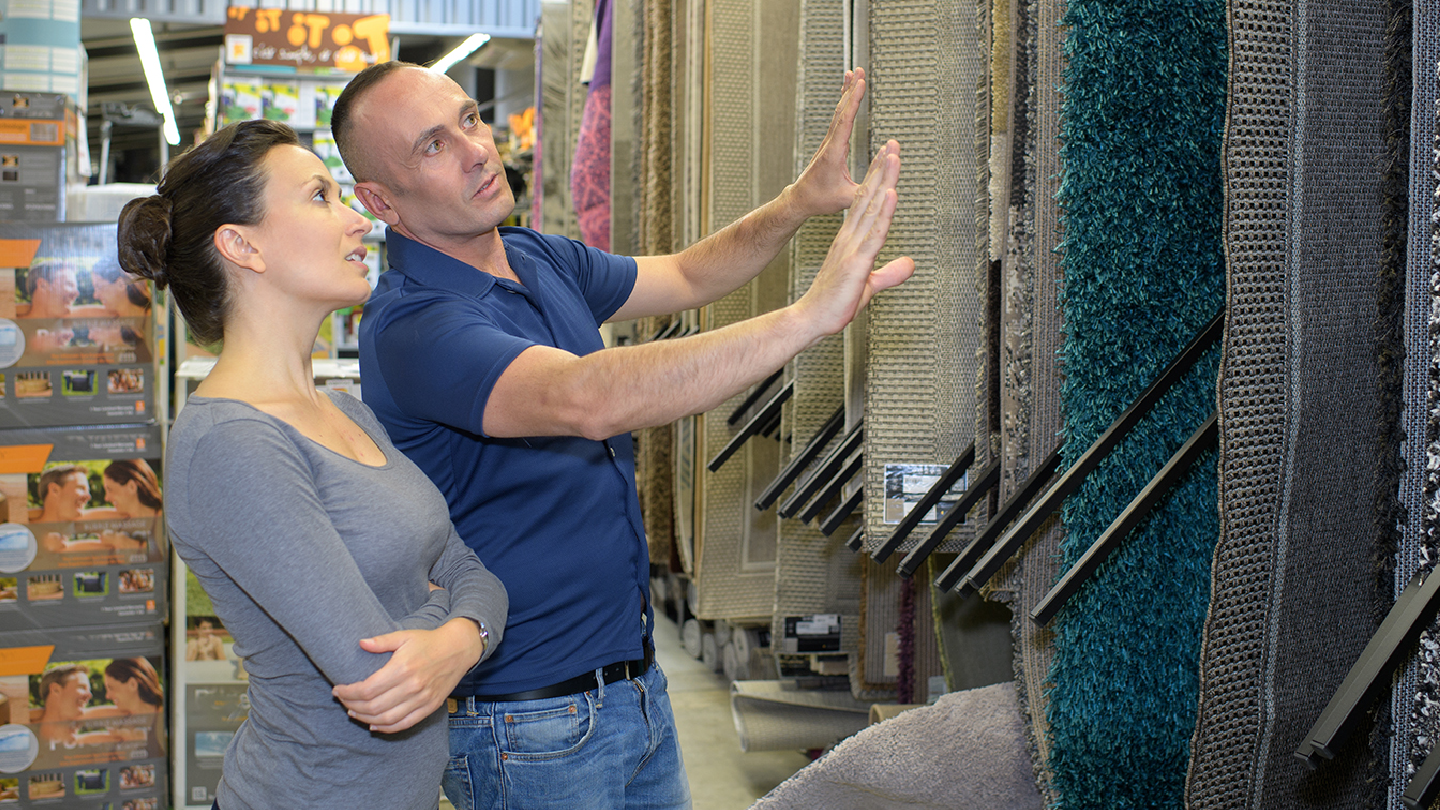Omni commerce for BNPL

The growth of BNPL (Buy Now Pay Later) providers began mainly in ecommerce. Fintech businesses like Klarna and Afterpay have been the darlings of many media outlets and are considered “unicorns” by investors, as a result of their valuations, with Klarna valued at $5.5 Billion at the last round of funding.
The major risk for these businesses is loan defaults. BNPL business models require that they pay for the goods directly to the retailer. The consumer then pays back the credit borrowed in instalments to the BNPL provider.
As the predicted recession starts to bite, the risk of default is likely to increase. Consumers will still rely on these credit products, and some may be more inclined to rely on the BNPL products than before the recession. The ability to purchase products that they want, while being able to manage budgets and make the goods more affordable is something that we can still reasonably expect consumers to want.
Afterpay are actively looking to make the move from online only to the physical store. The omnichannel shopper is their key target. Offering uptake and payment of the services that BNPL businesses use becomes trickier, particularly when thinking about the customer experience.
Stores will need to begin to get to grips with the lasting effects of COVID-19 and its impact on shopping behaviour, consumer preferences and the impact that perceptions of safety and hygiene will have on the store. Many retailers will find that the way of doing things before COVID-19 will need to change. These changes will require transformation in the physical stores that will likely revolutionize the way consumers understand the instore experience.
One of the adjustments that has been implemented and is likely to remain is the need to keep customers and staff physically distanced. Technology will, inevitably, play an important role in enabling safety and a positive customer experience. This adjustment, of physical distancing in the store, adds to the complexities of offering BNPL options in store.
These challenges can be overcome with kiosk and payment solutions combining to create a contactless experience for consumers. Beyond the contactless experience that can be created, kiosks can be leveraged for consumers to check sizes or options that are available on products.
Enabling customers to checkout at these kiosks can present a more efficient way for retailers to offer BNPL products. Store staff will be free to ensure that products are available and that customers have a good in store experience. The kiosks can also be used as payment stations for those customers who want to use cash as a budgeting tool, to make their payments in store.
This solution can bring added benefits for the retailer. The customer is incentivised to return to the store to pay for goods, giving them the opportunity to browse through the store and create interest in other products that the customer may not already have purchased. Familiarity with the store can also create loyalty in the mind of the consumer, who will likely be drawn to the store even when not needing to visit to make payments.
During the pandemic, 40% of consumers said that they would like to use cash to pay for goods online. The consumer preference for cash still exists. The ability to pay in cash for goods online is a desire that is unaddressed by most retailers. By leveraging technology that maintains social distancing and reducing contact, retailers can offer flexible payment options and attractive financing products while delivering a great customer experience.
Many FinTech’s have ignored or excluded those who prefer to pay in cash or have no choice to pay in cash. Glory provides the hardware and software to enable retailers and FinTech’s to achieve their goals. Whether the goals are moving beyond being online or ensuring that their products and payment options are available to the widest possible customer base, Glory can provide the solution.